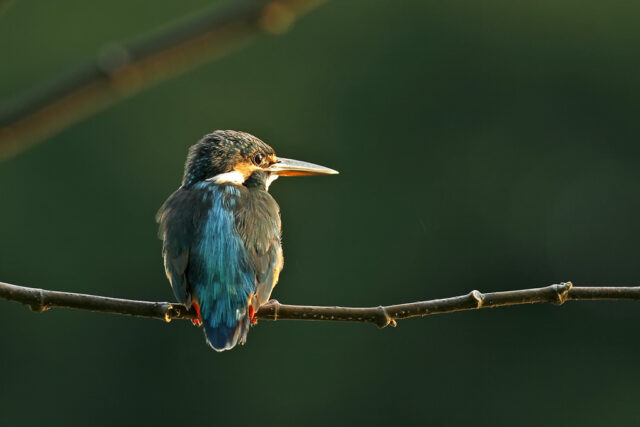This article was published by Canon Singapore on year 2013.
Contributed by David Wirawan
Patience is bitter, but its fruit is sweet. This certainly applies to photographing birds.
Birding, also known as bird photography, is no easy feat as birds are naturally skittish, which makes them challenging to capture. However, the rewards are well worth it. Few other activities can bring such a sense of wonder, satisfaction and connection with nature in today’s busy world.
Mastering stealth movement with a conscientious respect for the environment helps to prevent oneself from startling these chirpy creatures. This endeavour not only requires a trusty camera and good lens but also, good photography skills. Moreover, it is important for every bird photographer to cultivate a comprehensive understanding of their natural habitats and behaviours.
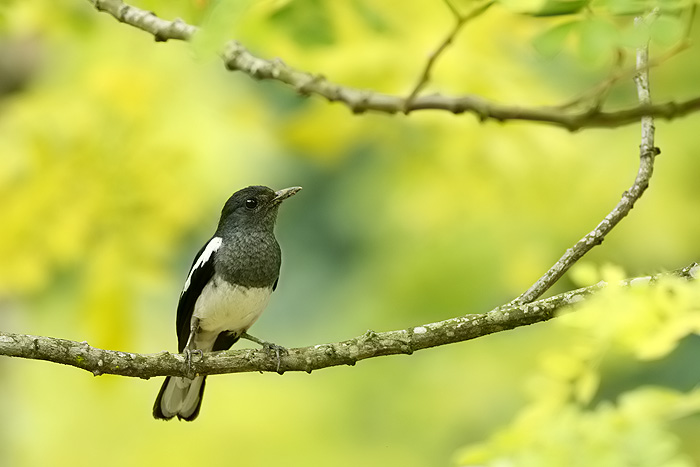
EOS 30D & EF 400mm f/5.6L USM | ISO 400| f/5.6 | t1/160s
If you are intending to try bird photography, here are some pointers from my experience to help you get started:
- Get Up Close
To achieve this in my opinion, is to use the right lens. I rely on two of my personal favourite lens – Canon’s EF400mm f/5.6 L USM super telephoto lens and EF70-200mm f/4L USM telephoto zoom lens. Not only are they affordable and light to handle without a tripod, their fast autofocus are capable of producing sharp photographic details.
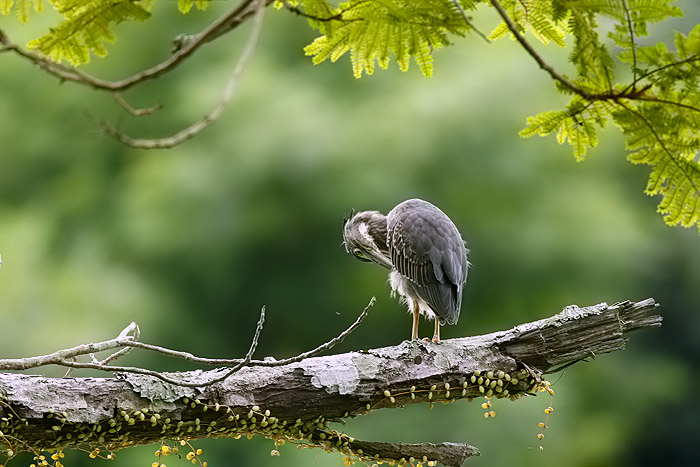
EOS 30D & EF 400mm f/5.6L USM | ISO 200| f/5.6 | t1/200s
- Be Patient
If you get too close to the birds, they will naturally fly away. Instead of sneaking up on them, I usually find a hiding place and wait for them to come to me. The ‘wait’ allows the birds to get familiar with my presence. If you wait patiently long enough, they will flock around when they realise you’re not a threat. Of course, bringing a little snack for them can help speed up the waiting process.
- Be Aware of Your Surroundings
Birds are really good at hiding amongst trees. To spot them, make an effort to pay close attention to your surroundings for any movement, say, a rustling leaf.
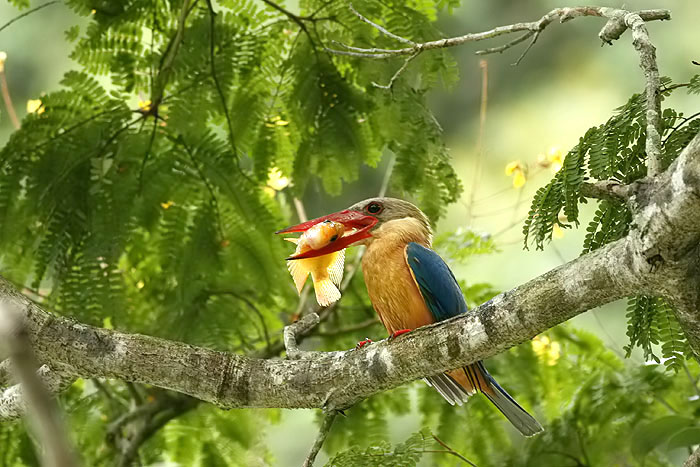
EOS 30D & EF 400mm f/5.6L USM | ISO 400| f/5.6 | t1/100s
- Listen
Besides keeping your mind alert and eyes discerning, listen to them and familiarise yourself with the distinct sounds they make. This will help when you are searching for them. I use this method when I am looking for a particular bird say, the common kingfisher or white collared kingfisher.It is also useful for differentiating the species you find.
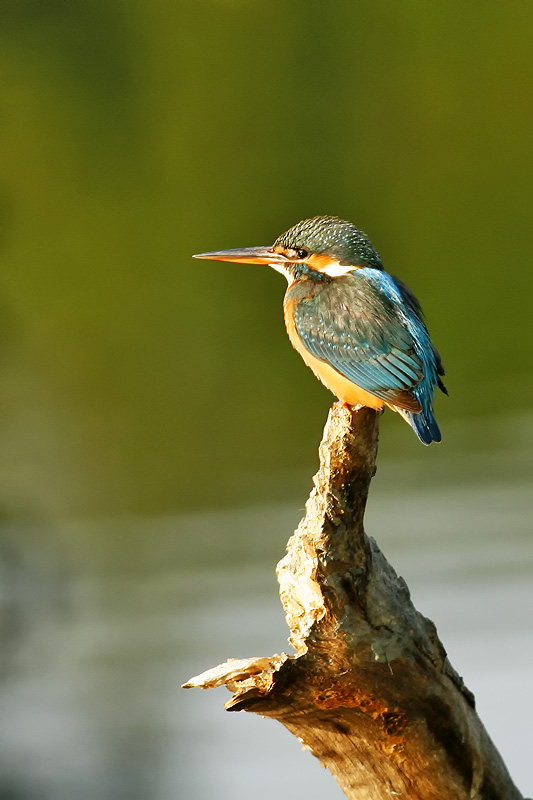
EOS 30D & EF 400mm f/5.6L USM | ISO 400| f/5.6 | t1/500s
- Lighting
Another aspect I take into serious consideration during my birding is lighting. I always prefer to use natural light. Hence, it is imperative to know where the light is coming from. Also, use the best angle to avoid backlight.
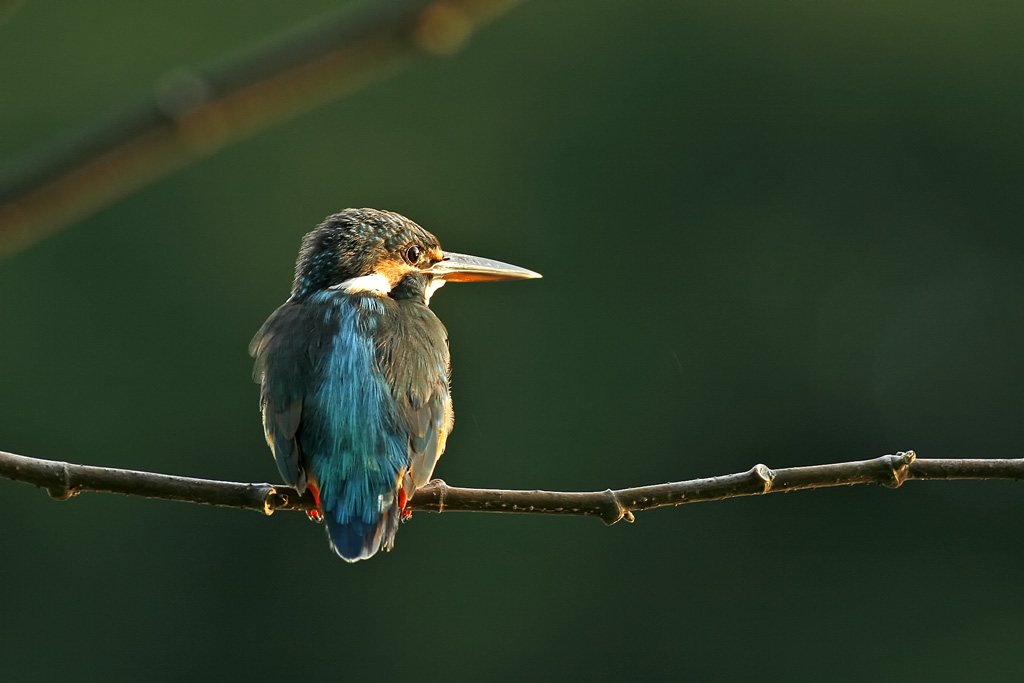
EOS 30D & EF 400mm f/5.6L USM | ISO 100| f/5.6 | t1/60s
- Composition
I continually strive to combine facets of the surrounding environment into my pictures for that perfect composition. For this, the gear I use involves a Canon EF400mm f/5.6 L USM lens fixated on either my Canon EOS 7D or EOS 30D.
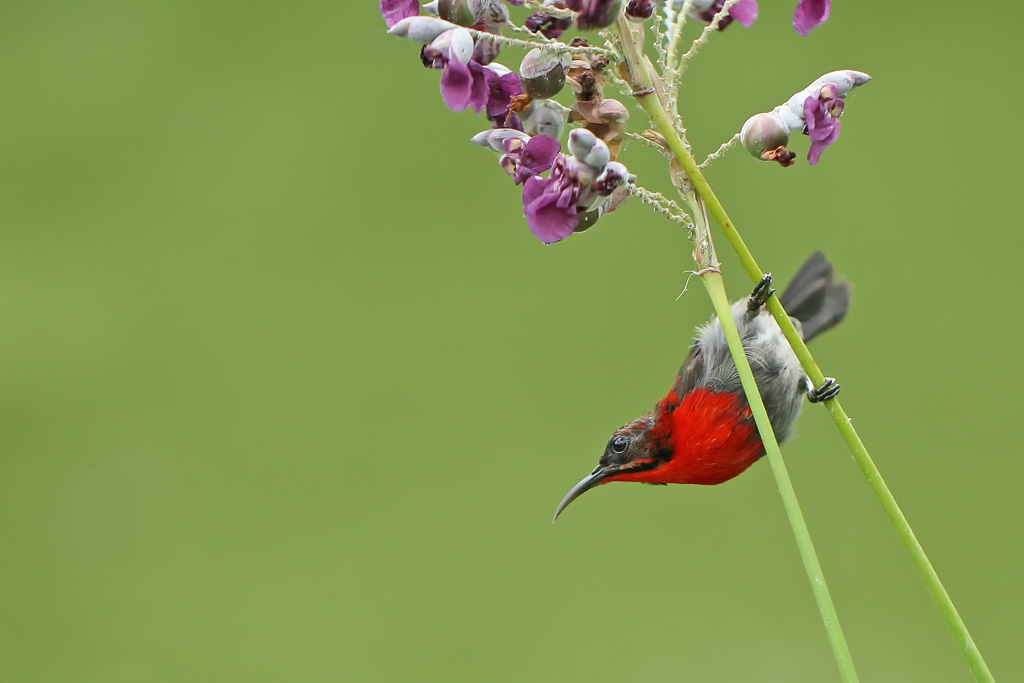
EOS 30D & EF 100mm f/2.8 Macro USM | ISO 400 | f/3.2 | t1/640s
- Background
Juxtaposing a bird with the right background can help any birdshot stand out. Good angle is a key and I always try to find one where the subject and its background can be balanced. This comes with loads of practice.
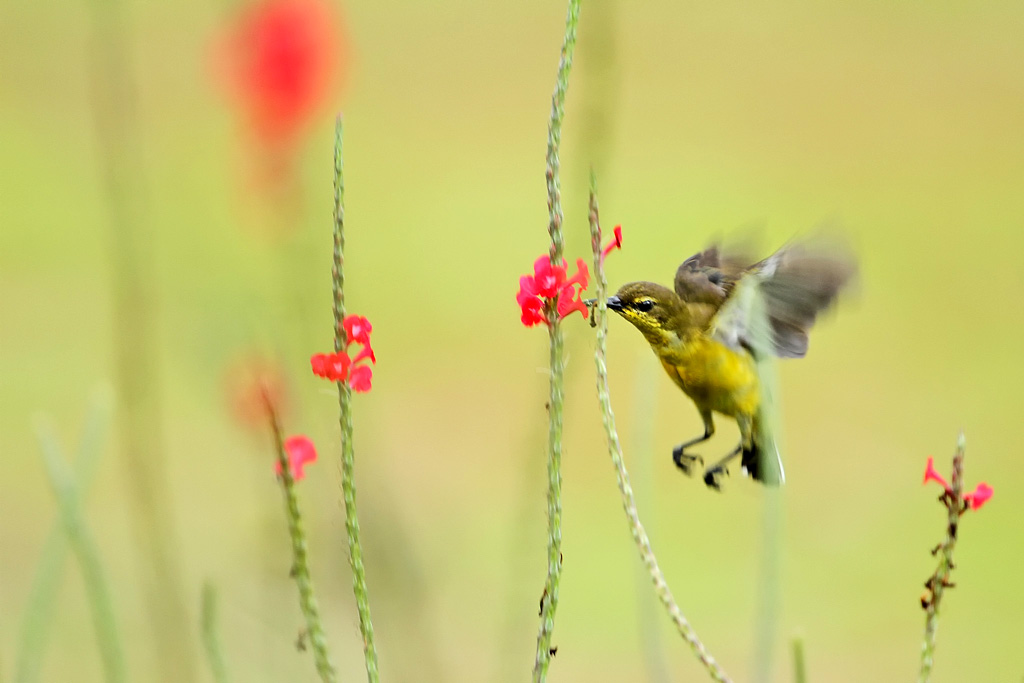
EOS 7D & EF 70-200mm f/4L USM | ISO 400 | f/4 | t1/332s
- Be ready to shoot
Birds are unpredictable creatures. Capturing them in action at the right moment like snagging a fish out of the water can be both miraculous and gratifying, where the hours spent eventually pay off. When I spot a bird behaving in an interesting manner, I need to capture it fast before it takes flight or changes its direction. Here, that split second taken to figure where a particular button on your camera is located can cost you a priceless shot. Fundamental knowledge and familiarity with your camera is essential. As elementary as it may seem, I make it a point to be familiar with all the buttons on my camera – the ones for changing the ISO, the metering, etc. We can’t dictate Mother Nature but we can be prepared to shoot when the opportunity lands in front of us.
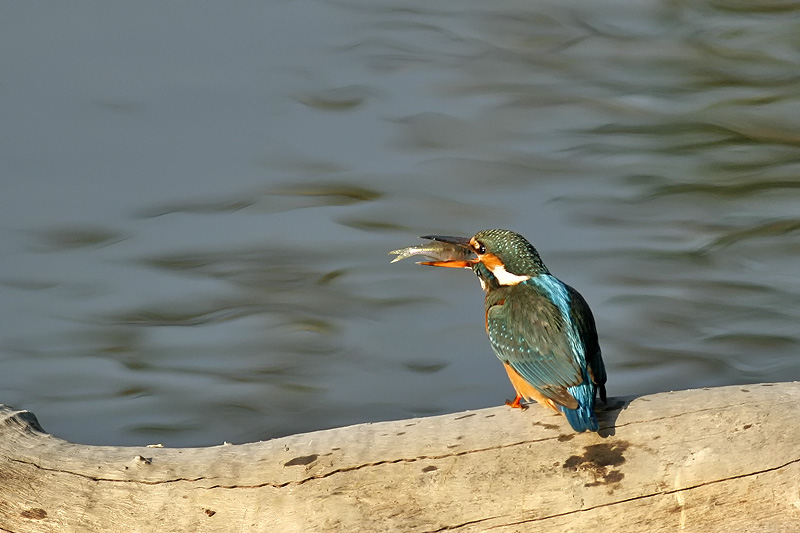
EOS 30D & EF 400mm f/5.6L USM | ISO 400| f/5.6 | t1/500s
- Be Creative
This is one aspect that I really take heed to. I don’t have a very long telephoto lens so I leverage on the foreground, background and lighting elements to capture each bird photograph within my own perspective. It’s my way of creativity, or should I say, self-expression.
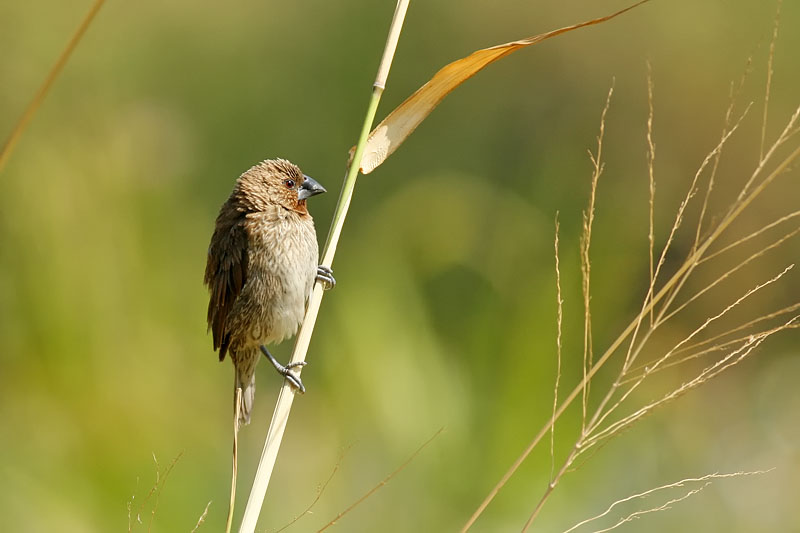
EOS 30D & EF 400mm f/5.6L USM | ISO 400| f/5.6 | t1/1600s
- Respect Their Environment
We need to be mindful of the birds’ environment and space. Never get too close to its nest and don’t even think of touching it. Be sensitive because some birds never return to their nests if they have been tampered by humans. Another thing to avoid is playing birdcalls from an audiotape. It can give the wrong impression that a predator is nearby and scare them away instead.
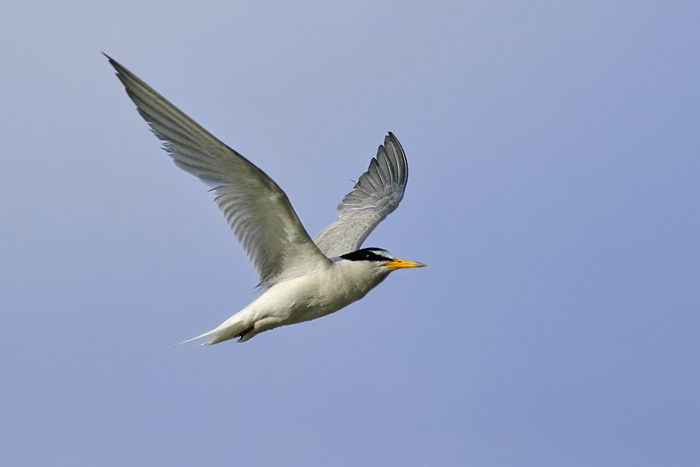
- Join Bird Community
Share your passion for birds with family and friends and make the group, share the information of bird sighting.
Within the group you can get more informations and share and learn about hot take good photos of birds, how to identify birds and many other things.
I certainly hope my personal tips shared for birding have been useful to any of you who are keen to start this fascinating and fulfilling interest. Do feel free to drop your feedback or queries below, or perhaps even share some of your own tips. I’m always keen to lend a helping hand and learn from others as well.











